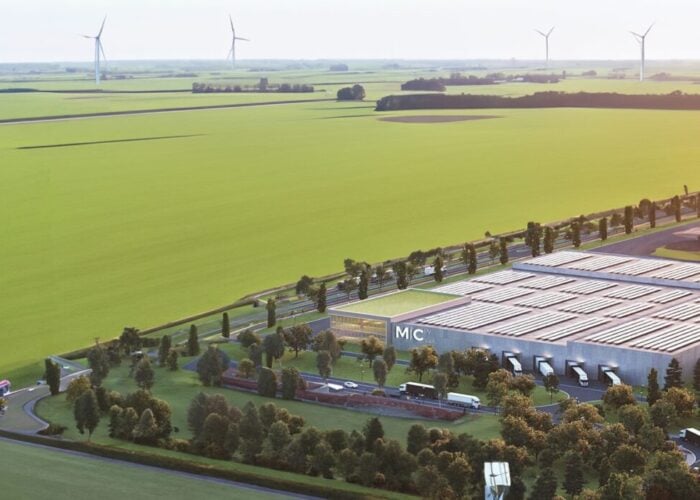Hitachi High-Technologies and XeroCoat have entered into a strategic partnership for the distribution of XeroCoat’s antireflective coating solutions for solar photovoltaic modules in Japan and China. The agreement gives HHT, through its energy and environmental solutions unit, the right to resell XeroCoat’s equipment systems and materials into the two key Asian markets.
Financial terms of the deal have not been disclosed.
Try Premium for just $1
- Full premium access for the first month at only $1
- Converts to an annual rate after 30 days unless cancelled
- Cancel anytime during the trial period
Premium Benefits
- Expert industry analysis and interviews
- Digital access to PV Tech Power journal
- Exclusive event discounts
Or get the full Premium subscription right away
Or continue reading this article for free
In a phone interview with PV Tech, XeroCoat VP of business development Beth McAllister called the partnership “pretty big for us. If I look at our forecast right now, half of our sales will be through HHT.”
“Obviously, they bring in some credibility for XeroCoat as well as instant infrastructure,” she continued. “I immediately get 20-plus salespeople, who are visiting the customer every day. They’re also going to provide the service for the customers. They have the relationship with the equipment buyers in the solar fabs, and typically our relationship is with R&D. They definitely bring that instant connection for us.”
McAllister said that XeroCoat and HHT personnel have visited several customers together, and that the Japanese partners have already quoted four of those customers.
She also mentioned HHT’s existing sales channels with customers from the flat panel display sector that have gone into solar, especially thin film.
“For thin film, they can’t buy a coating that’s economical for them today on the market,” she explained. “They’re going to have to make their coating, and we think our technology is perfect for that, because of the cost per watt. If we want to be viable for thin film, we have to be approaching less than 50 cents per watt pretty soon; for crystalline, 70 cents a watt is still OK, for the cost of the coating relative to its added benefit.”
Both companies cite the cost benefits and other advantages offered by AR coatings—especially the enhanced transmission of sunlight to the photoactive components in the modules–and the expectation of the materials’ rapid adoption. HHT projects that 50% of solar modules will have such coatings by 2015.
“With XeroCoat’s antireflective coating solution as part of our portfolio, we have broader access to the solar market and can expand our presence in solar manufacturing factories in the global market,” stated Masumi Miyauchi, senior VP and executive officer of HHT.
Thomas Hood, XeroCoat’s president/CEO, believes that “with the backing of Hitachi High-Technologies’ worldwide sales and service, and their channel connections, solar module and glass manufacturers can confidently integrate our solution into their process to gain greater efficiencies in manufacturing cost and power output.”
XeroCoat’s proprietary ARC can be manufactured relatively easily at room temperature and in nonvacuum conditions. After coating and curing, silica chemically bonds to the glass surface, keeping light reflection below 1% compared to the norm of 4% reflectivity. The company says that PV makers that use the coating can expect a 3% increase in peak power output and a 4% pop in energy produced on a kilowatt-hour basis.
The company offers a turnkey coating system that is compatible with existing manufacturing processes throughout the supply chain and can be applied to crystalline silicon, thin-film, and concentrating PV, as well as solar thermal devices.
McAllister said that XeroCoat has installed a demonstration pilot line with an unnamed Asian glass company, in preparation for building out a full-scale ARC production system. Product samples are already going out to the glass manufacturer’s customers—the module producers.
“In the market, there’s no question that the coating will perform, that the coating is durable, that you can put the coat on the glass in your module and you can measure that 3%,” she noted. “I think right where we are now is proving the manufacturing, that our system does what we say it can.”
PHOTO CAPTION: Shown at the signing of the agreement are, from left, Yoshiyuki Ogura, director, energy and environmental solutions division, HHT; Masumi Miyauchi, senior VP and executive officer, HHT; Thomas Hood, president/CEO, XeroCoat; and Tomoya Shitara, director of product marketing and business development, XeroCoat.






